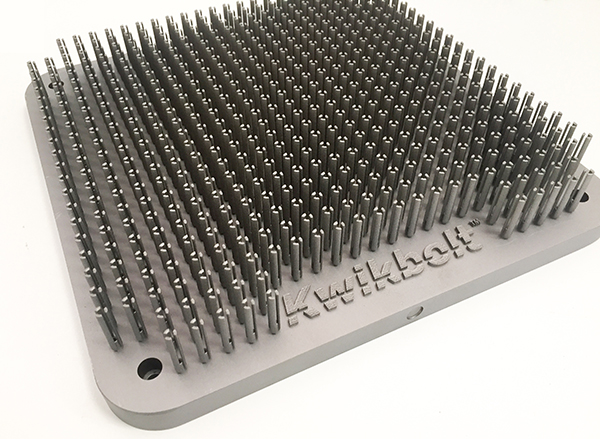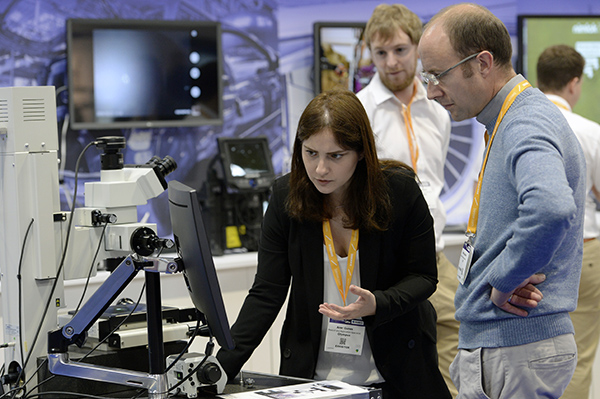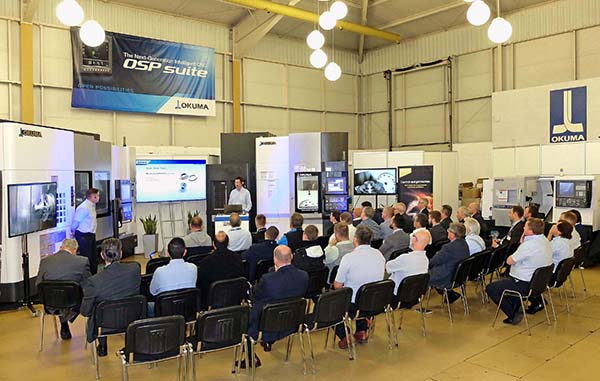Following investment in a Renishaw AM 400 additive manufacturing (AM) system, Frazer-Nash has produced a novel fastener for its customer, Kwikbolt, for use during aircraft assembly.

The component can be made quicker and at a lower cost when compared with traditional subtractive machining methods. Frazer-Nash now produces 25,000 AM parts a year and has expanded its range of components.
Paul Mortlock, managing director at Frazer-Nash, says: “The Kwikbolt project is a true AM success story. Using AM means we can easily produce a bespoke component based on each aerospace customer’s requirements. Renishaw’s AM systems have been flawless since we started working together. Over the past five years, we’ve developed a close relationship. We originally chose to partner with Renishaw due to its support services, and we’ve found these to be invaluable.”
For further information www.renishaw.com























